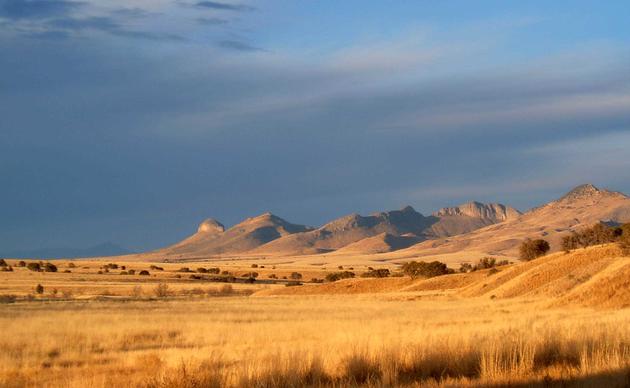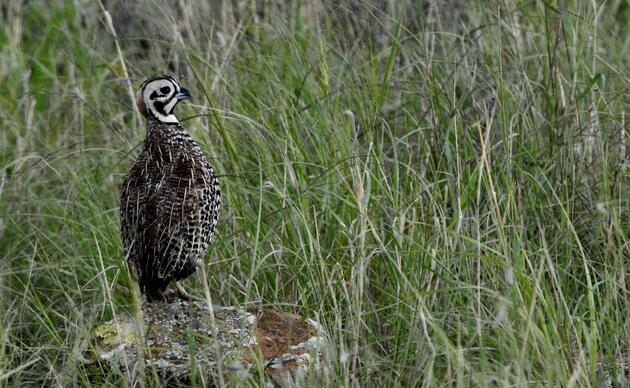As an undergraduate student at Virginia’s Christopher Newport University, Marcus Williams is early on in his academic career, but he’s no stranger to research or the Research Ranch. Alongside his coursework, Marcus has been working as a research assistant in the Lattanzio Lab, helping Dr. Lattanzio and his students as they strive to understand how a changing environment can influence reptile and amphibian anatomy, physiology, and behavior. He joined the lab for his first stay on the Ranch last summer, and this season he’s joining us as an AWRR Research Fellow.
Through his research, Marcus hopes to answer a question that has been brought to the forefront by the Lattanzio Lab’s ongoing studies: how do lizards sense ultraviolet (UV) light? It has for over a century been assumed that temperature is the driving environmental factor behind reptile behavior, regulating everything from daily movements to digestion. This assumption has worked its way into models describing how reptiles will react to a changing, warming climate, and this in turn has influenced the ways in which conservationists work to protect these animals. However, the Lattanzio Lab’s experiments are showing us that UV light is at least as influential as temperature in driving reptile behavior, and that under certain conditions lizards will even push themselves to the point of overheating for the sake of soaking up some UV rays. But if UV light is so important to lizards, how do they sense its presence?
Marcus and others predict that lizards’ parietal eye might be the answer. Sometimes called a “third eye”, the parietal eye is a light detecting organ that sits atop the heads and between the true eyes of many lizards, frogs, salamanders, and fish. While we know it plays a role in the detection of light, our understanding of its full function is extremely limited. Through lab-based studies of the AWRR’s Ornate Tree Lizards (Urosaurus ornatus), Marcus hopes to unravel the mystery.
We were impressed when Marcus showed up on the ranch as a young research assistant, and we’re even more impressed to see him taking on his own investigations. We’ll be looking forward to seeing him again later this summer, and maybe he’ll join us again one day as a graduate student!
How you can help, right now
AWRR 2024 Annual Report
Do you ever wonder what keeps us busy on the Research Ranch? Dive in to learn more!
Donate to the AWRR
Donate today and help us continue our work furthering conservation science, engaging people with birds and their habitats, and improving habitat here on the AWRR. Every dollar counts!



